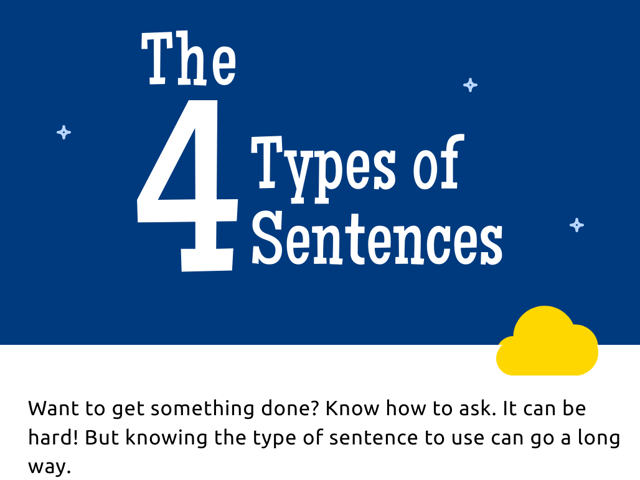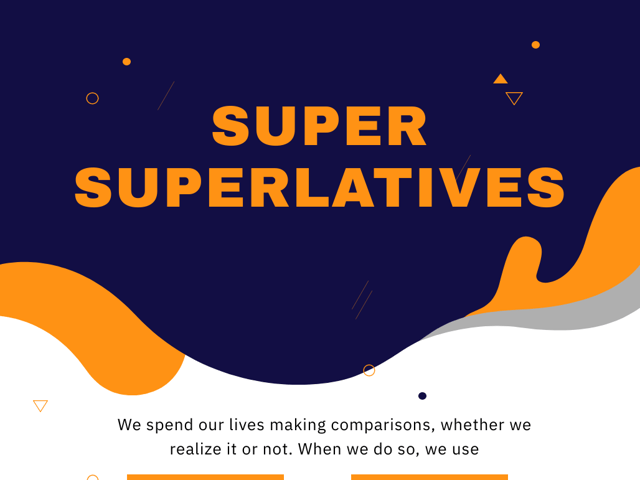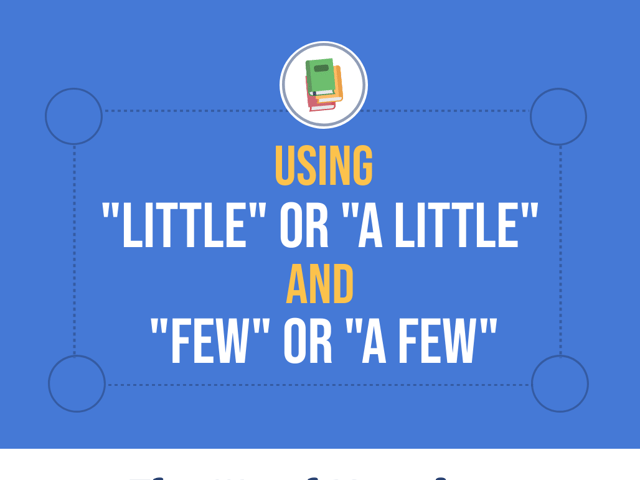
The Four Types of Sentences
Want to get something done? Know how to ask. It can be hard! But knowing the type of sentence to use can go a long way.
That intro uses all four sentence types: interrogative, imperative, exclamatory, and declarative. Knowing the four types of sentences and the most appropriate time to use each is important if you want to get your message across to an audience. Here’s a quick run-down of these four sentence types.
Declarative
Declarative sentences are the most common type of sentence. Kind of plain and simple, declarative sentences are statements that are made without emotion or excitement—just kind of matter-of-factly. For example, each of the sentences in this paragraph are declarative sentences. They relay information and state ideas. They each end with a period—nothing fancy. We make declarative statements all day. Sometimes they are lengthy, like some of the ones in this blog, and sometimes they are short. “I sat” is a declarative sentence.
Interrogative
Three year olds live for interrogative sentences. “Why?” is often the most popular. But our curiosity continues in life and so, when we need to ask questions, we are using interrogative sentences. Interrogative sentences are easy to spot because they end with a question mark. This helps the reader know that a question has been posed.
Imperative
Little kids (and sometimes big kids and adult kids) can be bossy. “Sit down!” or “Listen up” are statements made that issue a command or give an instruction. They may also offer an invitation to do something. These kinds of sentences are called imperative sentences. An imperative sentence may end in either a period or an exclamation point, though it may then be considered an exclamatory sentence. The easiest way to distinguish between the two when you see an exclamation point is to ask yourself whether there is a command or request included somewhere in it (imperative) or if it’s expressing a feeling (exclamatory). Some more examples of imperative sentences are:
Come sit with us at lunch.
Wear your blue tie to the interview.
Don’t touch the wet paint!
Imperative sentences can be confusing in that they may not seem to contain a subject. In most imperative sentences, the subject is “understood” and is usually you. This is the case in all three of the sentences above.
Exclamatory
Wow! There are so many amazing types of sentences! Okay, that might be a little bit of an exaggeration, but sentences that convey a strong feeling or emotion are the fourth type of sentence. They are known as exclamatory sentences and are punctuated using an exclamation point, which gives a sense of force or power to the sentence. Exclamatory sentences may convey positive feelings (“Your painting is amazing!” or “Your sweater is beautiful!”), or they may convey negative feelings (“I hate you!” or “That’s a terrible idea!”). Either way, exclamatory sentences convey strong feelings and emotions; you really can’t be neutral when you use an exclamatory sentence.
How Can You Tell the Difference?
As you can see, each of the four sentence types serves a specific purpose. Although the punctuation can help you determine the type of sentence you are looking at, the idea the sentence is conveying can also be a hint. And if you are listening to these sentences and cannot see the punctuation, considering what the sentence is doing and listening to the tone and pitch in which it is delivered can also help you figure out the sentence type.

Keep Reading

English Basics Blog
How to Write a Compare and Contrast Essay
When you were in school, you probably had to write a lot of different t…

English Basics Blog
What are Superlatives?
We spend our lives making comparisons, whether we realize it or not. Wh…

English Basics Blog
When to Use “Little” or “a Little” and “Few” or “a Few”
Few aspects of the English language can grow as convoluted as when to u…